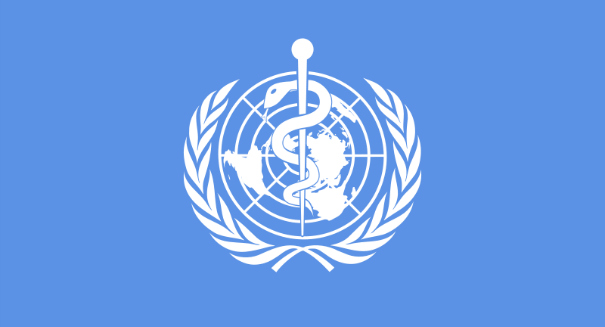
The World Health Organization tries to establish best practices for disease naming in order to avoid creating negative stigmas.
Due concerns about creating negative stigmas for people, places, or animals around the world, the World Health Organization (WHO) has issued a series of guidelines for naming newly discovered infectious diseases. This will mark the first time the organization has weighed in on the matter.
“In recent years, several new human infectious diseases have emerged. The use of names such as ‘swine flu’ and ‘Middle East Respiratory Syndrome’ has had unintended negative impacts by stigmatizing certain communities or economic sectors,” said Dr Keiji Fukuda, Assistant Director-General for Health Security at the WHO in a statement. “This may seem like a trivial issue to some, but disease names really do matter to the people who are directly affected. We’ve seen certain disease names provoke a backlash against members of particular religious or ethnic communities, create unjustified barriers to travel, commerce and trade, and trigger needless slaughtering of food animals. This can have serious consequences for peoples’ lives and livelihoods.”
The slaughter referred to is when Egypt, in an attempt to save its citizens from swine flu which it mistakenly believed was spread by pigs, wiped out the country’s entire population of pigs.
The newly issued best practices state that new disease names should avoid including “geographic locations (e.g. Middle East Respiratory Syndrome, Spanish Flu, Rift Valley fever), people’s names (e.g. Creutzfeldt-Jakob disease, Chagas disease), species of animal or food (e.g. swine flu, bird flu, monkey pox), cultural, population, industry or occupational references (e.g. legionnaires), and terms that incite undue fear (e.g. unknown, fatal, epidemic).”
Instead, the WHO encourages the discoverers of new threats to the human race to be termed with generic descriptions “based on the symptoms that the disease causes (e.g. respiratory disease, neurologic syndrome, watery diarrhea) … how the disease manifests, who it affects, its severity or seasonality (e.g. progressive, juvenile, severe, winter). If the pathogen that causes the disease is known, it should be part of the disease name (e.g. coronavirus, influenza virus, salmonella).”
While the move has good intentions, it will be tricky to impose- especially in the era of social media. Scientist rarely get a chance to determine the popular moniker of a disease. Rather, people outside the scientific community who first encounter the illness or who first report on it generally decide what to call it.
For this reason, the WHO stresses that whoever finds the new disease should call it something inoffensive from the start.